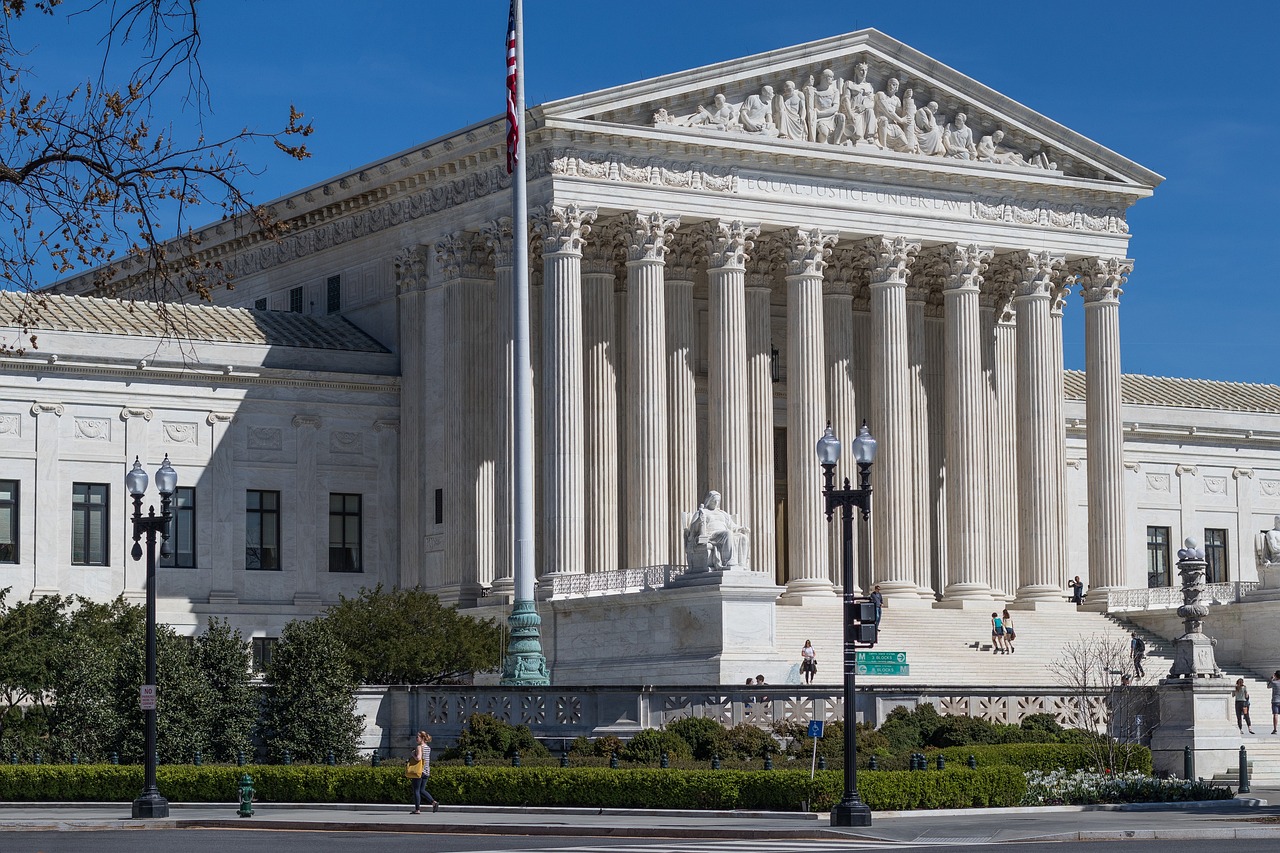The US Supreme Court ruled Friday that the Biden administration can temporarily continue to communicate with social media companies about moderation policies, lifting a lower court ruling blocking communication between social media companies and a limited number of Executive Branch officials.
The order from the court’s majority both temporarily removes the lower court stay and asserts that the order constitutes a grant of certiorari, extending the block until the Supreme Court releases its judgment. However, Justices Samuel Alito, Neil Gorsuch and Clarence Thomas issued a blistering dissent along with the majority’s order. Justice Alito, writing for the dissent, states:
At this time in the history of our country, what the Court has done, I fear, will be seen by some as giving the Government a green light to use heavy-handed tactics to skew the presentation of views on the medium that increasingly dominates the dissemination of news. That is most unfortunate.
The case, Murthy v. Missouri, has been winding its way through the federal courts for some time. The case was originally brought in 2022 in federal district court by the states of Missouri and Louisiana, alleging that residents had social media posts critical of the Biden administration’s COVID-19 policies removed at the behest of the administration, violating their freedom of speech under the First Amendment of the Constitution. In July 2023, District Court Judge Terry Doughty sided with the plaintiffs, ordering communications between the multiple executive branch organizations and social media companies to cease. The federal government appealed the case to the Fifth Circuit Court of Appeals, who, in September, largely upheld the district court ruling but limited the order to a smaller group of executive branch officials. The US government then appealed the case to the Supreme Court, which temporarily blocked the injunction while the court considered whether to take up the case.
After the Supreme Court blocked the injunction, the plaintiffs went back to the appeals court, requesting that parts of the original injunction the appeals court had blocked be reinstated. The appeals court then reinstated parts of the district court order that had previously been rejected, issuing a new injunction on October 3. It was this second injunction issued on October 3rd that the Supreme Court temporarily blocked Friday.
This is only one of several cases the Supreme Court is set to hear regarding the First Amendment and social media. On October 31st, the court is set to hear Lindke v. Freed and O’Connor-Ratcliff v. Garnier, cases which deal with whether public officials blocking someone on social media is considered to be state action under the First Amendment, therefore violating the freedom of speech of the individual who is blocked. The court is also set to hear cases out of Texas and Florida surrounding the state’s ability to regulate content moderation on privately owned social media websites.


